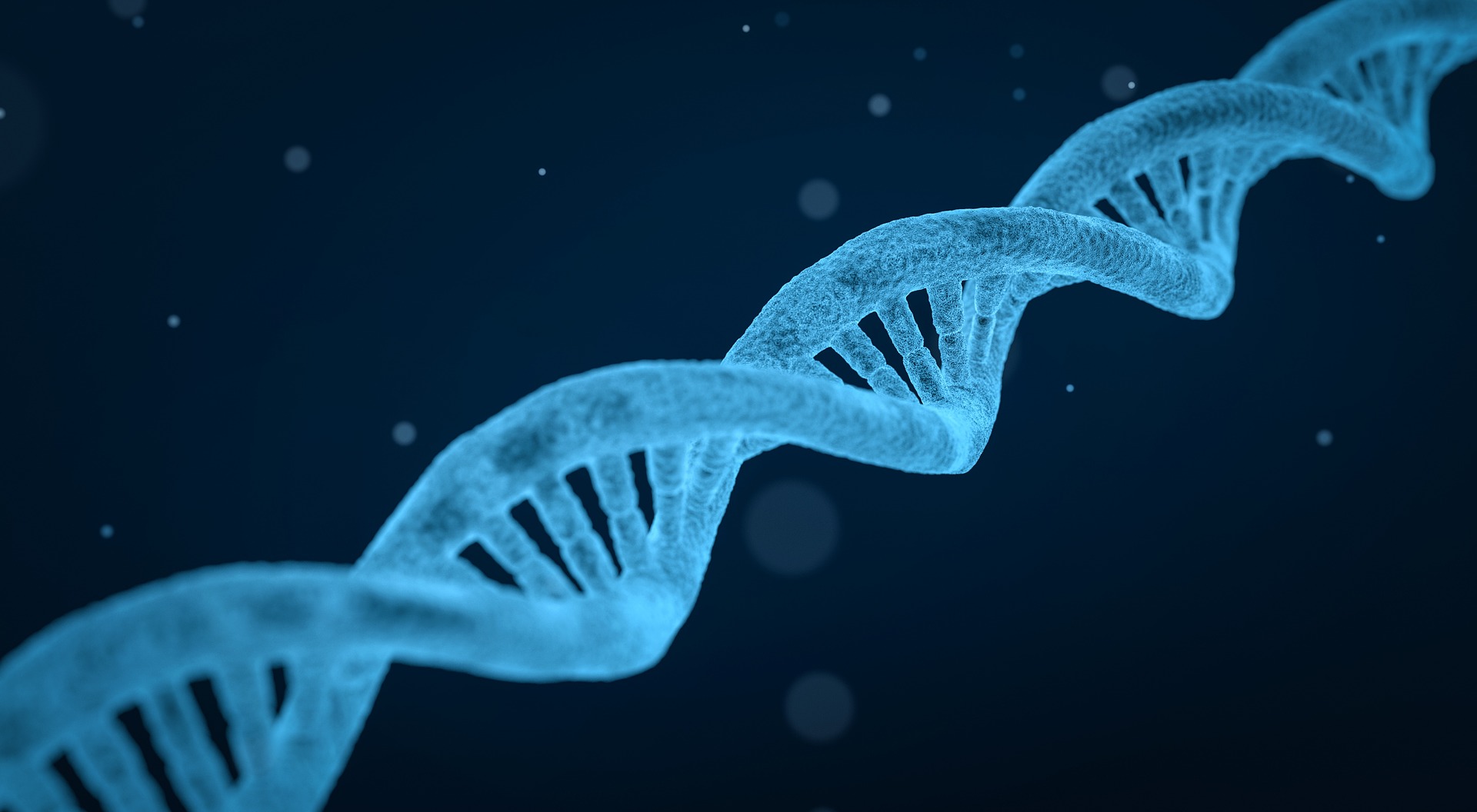He Jiankui’s Genetic Misadventure, Part 3: What Are the Major Ethical Issues?
By Jing-Bao Nie and Alexander T.M. Cheung,
The Hastings Center
| 01. 10. 2019
In their single-minded venture of “producing” (shengchan, in their own word) the world’s first gene-edited babies, He Jiankui and his associates have posed numerous and daunting ethical challenges to China and the world. They can be mapped or identified through these four categories:
- typical problems related to research ethics;
- broader political, socio-cultural, and transcultural issues;
- fundamental ethical questions on the use of gene editing in human reproduction itself; and
- even more fundamental matters on the moral goals of science and technology.
Different levels of ethical issues should be explored in an interconnected and interdisciplinary approach, but it is important to note that ethical soundness on one dimension does not mean moral justification on any other level or dimension.
Some prominent U.S. scientists, including George Church at Harvard, have offered a defence of He’s human experimentation on two grounds. First, genetically editing humans can be ethically justifiable. Second, the international community and Chinese society are bullying He for having not done “the paperwork right.” Church says he feels “an obligation to be balanced” about He’s case. Some international and Chinese...
Related Articles
By Jonathan Matthews, GMWatch | 12.11.2025
In our first article in this series, we investigated the dark PR tactics that have accompanied Colossal Bioscience’s de-extinction disinformation campaign, in which transgenic cloned grey wolves have been showcased to the world as resurrected dire wolves – a...
By Jenny Lange, BioNews | 12.01.2025
A UK toddler with a rare genetic condition was the first person to receive a new gene therapy that appears to halt disease progression.
Oliver, now three years old, has Hunter syndrome, an inherited genetic disorder that leads to physical...
By Simar Bajaj, The New York Times | 11.27.2025
A common cold was enough to kill Cora Oakley.
Born in Morristown, N.J., with virtually no immune system, Cora was diagnosed with severe combined immunodeficiency, a rare genetic condition that leaves the body without key white blood cells.
It’s better...
By Rachel Hall, The Guardian | 11.30.2025
Couples are needlessly going through IVF because male infertility is under-researched, with the NHS too often failing to diagnose treatable causes, leading experts have said.
Poor understanding among GPs and a lack of specialists and NHS testing means male infertility...




